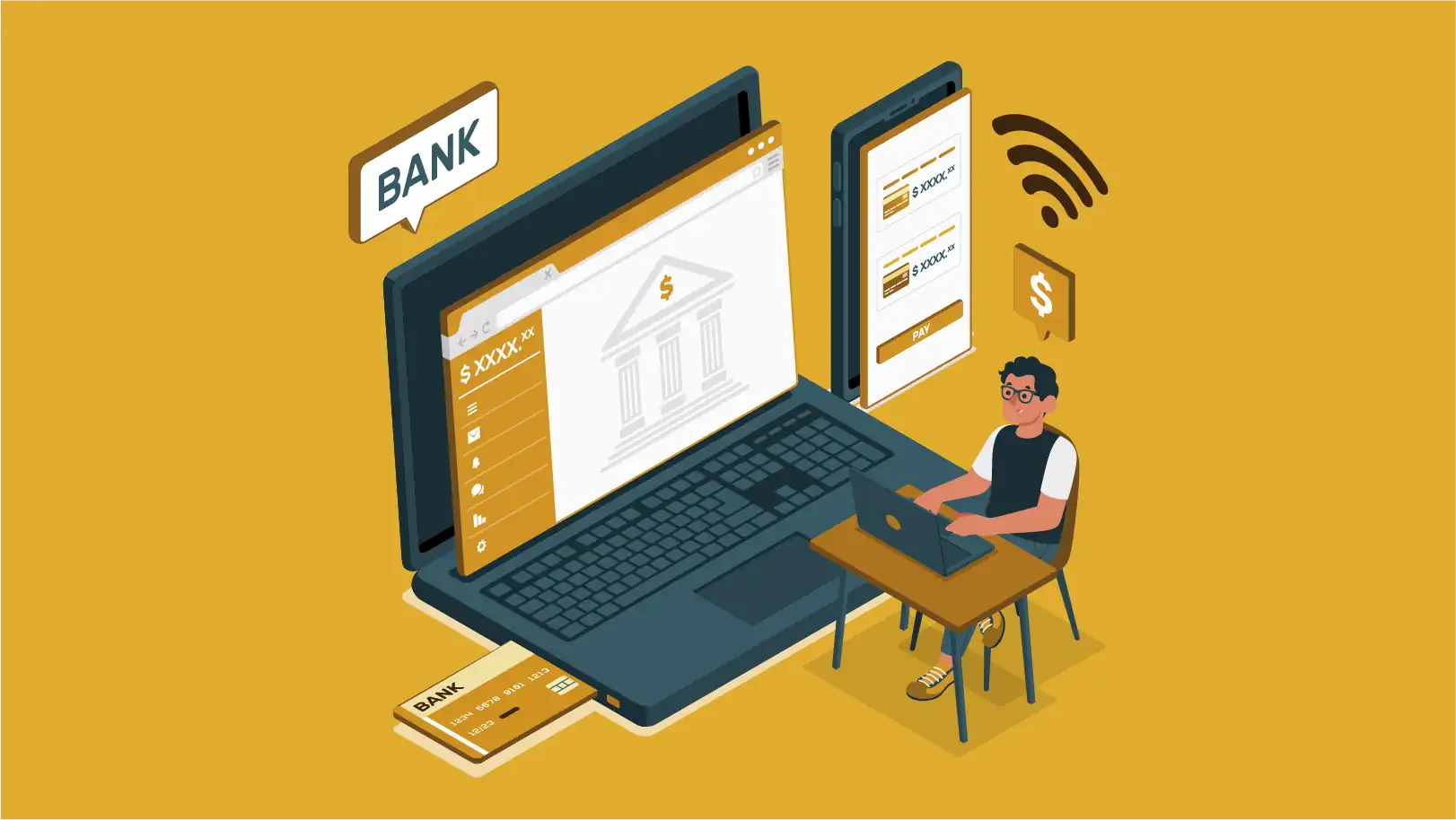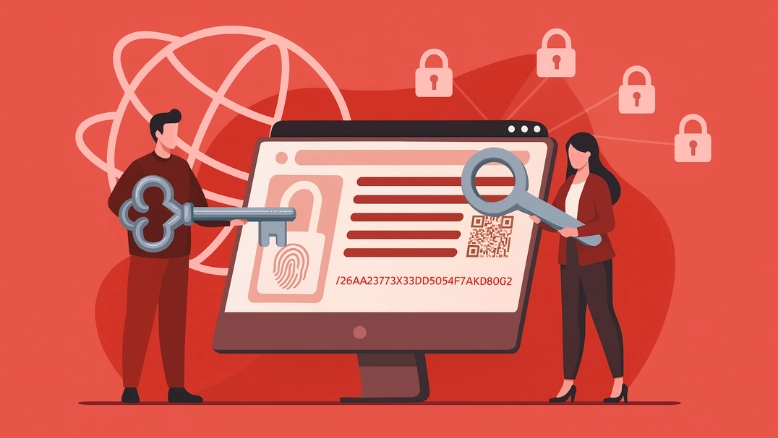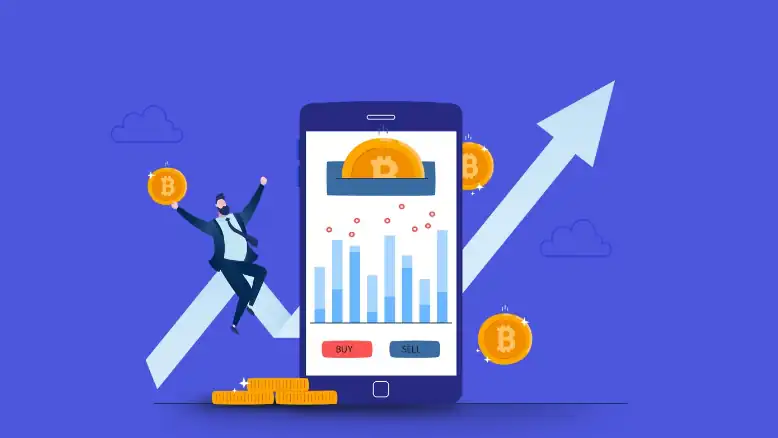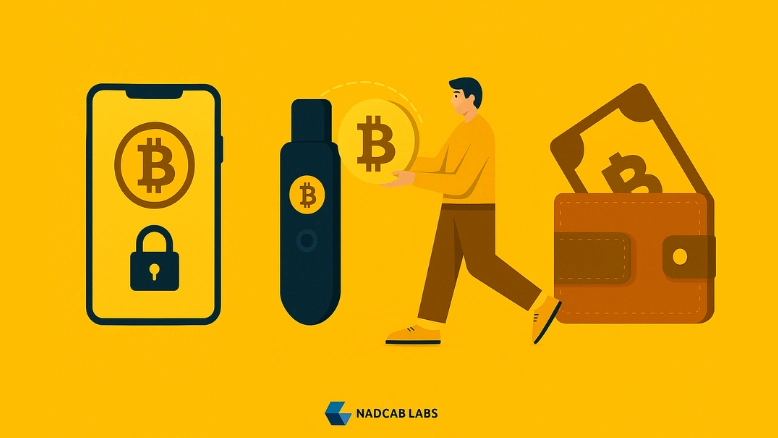
Mobile wallet applications are becoming popular as they make it easy to manage money and make payments using your smartphone. Whether you’re paying bills, sending money to friends, or shopping online, a mobile wallet can help you do it quickly and securely. In this guide, we’ll cover everything you need to know about mobile wallets.
What is a Mobile Wallet App?
A mobile wallet app is a digital application that allows users to store, send, and receive money using their smartphones. These apps can hold different types of information, including credit and debit card details, loyalty cards, and even cryptocurrency. With a mobile wallet, you can make purchases at stores, pay bills, and transfer money to friends or family quickly and easily. The main advantage of using a mobile wallet is convenience. Instead of carrying cash or multiple cards, you can access everything you need right on your phone. Additionally, mobile wallet apps often use strong security features, like encryption and biometric authentication (like fingerprint or face recognition), to protect your financial information.
Most Popular Mobile Wallet Apps
There are many mobile wallet app available today, each with its unique features. Here are some of the most popular ones:
-
PayPal
PayPal is a well-known mobile wallet that helps you send and receive money online easily and securely. You can connect it to your bank account, credit card, or debit card, which makes shopping online simple. PayPal is widely accepted by many online stores and offers features like buyer protection, ensuring that your purchases are safe.
-
Venmo
Venmo is a fun and popular app for sending money to friends and family, especially among younger people. It allows you to transfer money quickly and includes a social feature where you can add notes or emojis to your payments. This makes the app feel more personal. You can also pay select businesses directly through Venmo.
-
Cash App
Cash App is a straightforward mobile wallet that lets you send money, pay bills, and even buy Bitcoin and stocks. It offers a Cash Card, which is a debit card linked to your Cash App account, allowing you to spend your balance anywhere that accepts debit cards. The app is simple to use, making transactions fast and easy.
-
Google Pay
Google Pay is a versatile app for Android users, allowing you to pay in stores and online. You can store loyalty cards, gift cards, and special offers in the app. Google Pay emphasizes security with features like transaction alerts and the ability to lock your account if you lose your phone.
-
Apple Pay
Apple Pay is a secure payment system for Apple device users. It allows you to make payments in stores, apps, and websites easily. You can use Face ID or Touch ID to authorize payments, ensuring that only you can access your wallet. You can also add loyalty cards and transit passes for convenience.
-
Samsung Pay
Samsung Pay is a mobile wallet for Samsung device users that lets you make payments at many stores, whether they use NFC technology or traditional card swiping. This makes it widely accepted. You can also store loyalty and gift cards in the app, making it easier to manage your spending.
-
Revolut
Revolut is a digital banking app that acts as a mobile wallet, allowing you to manage your money in different currencies. You can send money, spend abroad without extra fees, and invest in cryptocurrencies. Revolut also offers budgeting tools to help you track your spending and save money.
-
Trust Wallet
Trust Wallet is designed for storing and managing cryptocurrencies. It provides a safe space for you to keep various digital assets and allows you to send, receive, and swap tokens easily. Trust Wallet also gives you access to decentralized applications (DApps), making it a popular choice for crypto users.
Steps to Create a Mobile Wallet App
-
Research and Planning
Market Research:
Start by looking at other mobile wallet apps. See what features they have, how they work, and what users like or dislike. This will help you understand what people want and what you can do differently.Define Purpose:
Decide what your mobile wallet app will do. Will it let users send money, store digital currencies, or manage loyalty cards? Knowing the main purpose will guide the rest of your development process.Target Audience:
Identify who will use your app. Is it for young adults, small business owners, or tech enthusiasts? Understanding your audience will help you design an app that meets their needs. -
Choose the Right Platform
iOS vs. Android:
Decide if you want to create your app for Apple devices (iOS), Android devices, or both. Each platform has different requirements and users, so choose based on where your target audience is.Cross-Platform Options:
If you want to reach users on both iOS and Android, consider using cross-platform tools like React Native or Flutter. These tools allow you to write one code that works on both platforms, saving time and effort. -
Design the User Interface (UI)
Wireframes:
Create simple sketches (wireframes) of your app to plan the layout and navigation. This helps you visualize how users will move through the app without focusing on colors or images yet.UI Design:
After wireframes, work on the visual design of the app. Choose colors, fonts, and buttons that make the app easy to use and pleasant to look at. Aim for a clean and simple design using tools like a color picker to ensure consistent branding and readability. -
Develop the App
Frontend Development:
This is where you build what users see and interact with. Depending on your platform, use programming languages like Swift for iOS or Kotlin for Android to create the app’s interface. Mobile app development ensures a seamless user experience across different devices.Backend Development:
The backend is where all the data is processed and stored. Set up servers and databases to manage user information securely. This is essential for keeping user data safe.Integration:
Add features like payment processing and QR code scanning. Make sure everything works together smoothly so users can easily make payments and manage their wallets. -
Implement Security Features
User Authentication:
Use strong authentication methods like passwords and biometric scanning (like fingerprint or facial recognition) to ensure only authorized users can access their accounts.Data Encryption:
Encrypt sensitive information, such as payment details and personal data, to protect it from hackers. This means turning the data into a secure code that only you can read.Compliance:
Follow financial regulations to ensure your app meets legal requirements. This builds trust with users, knowing their information is secure. -
Testing
Functionality Testing:
Test all features of the app to make sure they work as intended. This includes checking transactions and ensuring that sending or receiving money is smooth and error-free.Usability Testing:
Get feedback from real users to find out how easy the app is to use. This helps identify any confusing areas and allows you to make improvements.Security Testing:
Check for any security weaknesses that could be exploited by hackers. Conduct tests to ensure your app is secure and user data is safe. -
Launch the App
App Store Submission:
Once everything is ready, submit your app to app stores like Google Play and the Apple App Store. Follow their guidelines to ensure your app gets approved.Marketing Strategy:
Plan how you will promote your app. Use social media, advertising, and influencer partnerships to attract users and encourage downloads. -
Post-Launch Support and Updates
User Feedback:
After launching, listen to user feedback to understand their experiences. Address any issues they raise and make improvements based on their suggestions.Regular Updates:
Continuously update your app to fix bugs and add new features. Keeping your app fresh and improving it based on user needs will help keep users engaged. -
Monitor Performance
Analytics:
Use tools to track how users interact with your app. Look at data like transaction volumes and user engagement to understand what works and what needs improvement.Adjust Strategy:
Based on the data collected, refine your marketing and development strategies to better meet user needs and keep your app competitive.
Challenges of Mobile Wallet Apps
Mobile wallet app development has many benefits, but it also comes with challenges. One of the main issues is security. These apps handle sensitive information, like credit card numbers and personal details, making them targets for hackers. Developers must add strong security features to protect user data. Another challenge is getting people to use the mobile wallet app development services. Some users may find mobile wallets confusing or may not fully trust digital payments.
That’s why developers need to create apps that are simple and easy to use. Compatibility can also be difficult because the app needs to work on different devices and systems. Lastly, developers must follow rules and regulations in different countries, as each one has its laws about digital payments, which can be hard to manage.






